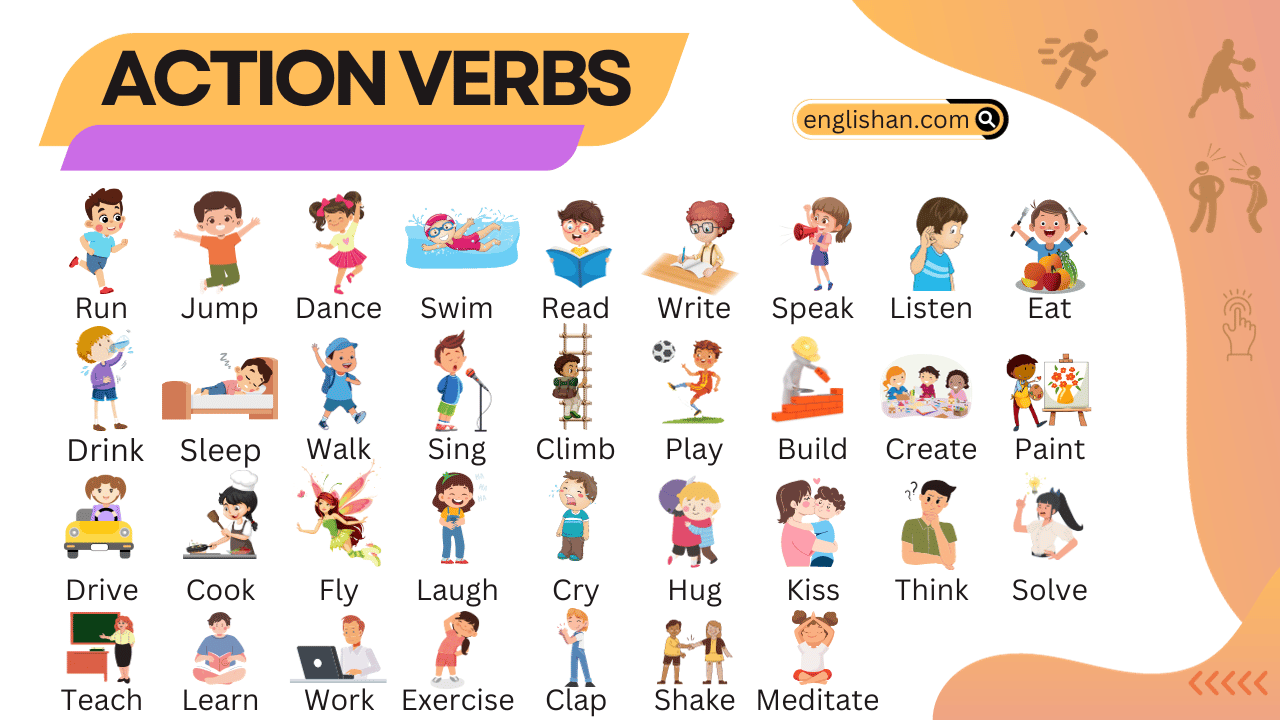Contents
In this blog post, you will learn the different parts of the eye and their functions. The eye helps us see by capturing light and sending signals to the brain. Each part has a specific role in processing images and adjusting to light conditions. Understanding these parts will help you know how vision works and why eye care is important.
To expand your vocabulary on different topics, visit our vocabulary category.
What Is the Eye?
The eye is a complex sensory organ that detects light and converts it into electrochemical signals, which are then interpreted by the brain as visual images. The eye is capable of focusing on objects at different distances, detecting colors, and adapting to varying levels of light. This ability is made possible by the coordinated efforts of various parts.
Key Parts of the Eye
The eye consists of several main parts, each contributing to our ability to see clearly and accurately. Below, we will discuss these parts in detail.
The Front Parts of the Eye
Cornea
The cornea is the clear, dome-shaped part at the front of the eye. It covers the iris and pupil. Its main job is to focus light that enters. Since it doesn’t have blood vessels, it gets its nourishment from tears and the fluid inside, called the aqueous humor.
Iris
The iris is the colored part of the eye that surrounds the pupil. It controls the size of the pupil, which regulates how much light enters. In bright light, the iris makes the pupil smaller; in dim light, it makes the pupil larger, helping you see better in different lighting.
Pupil
The pupil is the black circle in the middle of the iris. It changes size depending on how much light is around. In bright light, the pupil gets smaller, and in dim light, it gets larger to let in more light.
Lens
The lens is a transparent, flexible part behind the iris and pupil. Its job is to focus light onto the retina, helping you see objects at different distances. The lens changes its shape to focus, a process called accommodation.
Aqueous Humor
The aqueous humor is a clear fluid found between the cornea and the lens. It nourishes the cornea and lens and helps maintain the eye’s shape by controlling pressure inside.
The Inner Parts of the Eye
Retina
The retina is a thin layer at the back of the eye. It contains special cells, called rods and cones, that detect light and color. These cells send signals to the brain through the optic nerve, allowing you to see.
Optic Nerve
The optic nerve is a bundle of more than a million nerve fibers that carries visual information from the retina to the brain. The brain processes these signals so you can understand what you’re seeing.
Macula
The macula is a small, central area of the retina that helps you see details clearly. The center of the macula, called the fovea, has the highest number of cones, which are responsible for sharp, detailed vision.
Sclera
The sclera is the white, tough outer layer. It protects the eye and helps keep its shape. The muscles that move your eye attach to the sclera.
Choroid
The choroid is a layer of blood vessels between the retina and the sclera. It supplies oxygen and nutrients to the retina and absorbs extra light to improve image clarity.
Vitreous Humor
The vitreous humor is a clear, gel-like substance that fills the space between the lens and the retina. It helps maintain the shape of the eye and lets light pass through to the retina.

Functions of the Eye
Each part of the eye works together to help us see the world clearly. Here are the main functions:
Light Detection
The eye detects light and turns it into electrical signals that the brain reads as images. The cornea, lens, and retina focus light and change it into signals the brain can understand.
Vision Clarity
The lens changes its shape to focus light on the retina, helping us see objects clearly, whether they are near or far. The macula helps with sharp and detailed vision, especially in the center of what we see.
Color and Light Adaptation
The iris controls how big or small the pupil is, which helps the eye adjust to different amounts of light. The retina has special cells, called rods and cones, that let us see in different light levels and detect colors.
Image Transmission
The optic nerve sends visual information from the retina to the brain. The brain then processes these signals to form the images we see, giving us a complete and clear view of our surroundings.
Conclusion
The human eye is a complex and vital organ that enables us to see and interact with the world around us. Understanding the parts of the eye and their functions can help us appreciate the intricacies of vision and the importance of health. By taking care and seeking prompt medical attention for any issues, we can maintain clear and healthy vision throughout our lives.g
FAQs
Here are the eye parts and their functions:
Cornea – Protects and focuses light.
Pupil – Controls light entry.
Iris – Changes pupil size.
Lens – Focuses light.
Retina – Sends images to the brain.
Optic Nerve – Carries visual info to the brain.
Sclera – Gives shape and protection.
Conjunctiva – Covers the eye.
Aqueous Humor – Maintains eye pressure.
Vitreous Humor – Keeps eye shape.
These parts help you see!
The structures of the eye are:
Cornea – Protects and focuses light.
Pupil – Controls light entry.
Iris – The colored part that adjusts pupil size.
Lens – Focuses light onto the retina.
Retina – Sends images to the brain.
Optic Nerve – Carries images to the brain.
Sclera – The white part that protects and shapes the eye.
Conjunctiva – Thin layer covering the eye.
Aqueous Humor – Fluid in the front part of the eye.
Vitreous Humor – Jelly-like substance filling the eye.
These parts help you see!
To memorize the parts are:
Create a Sentence: Example – “Cows Play In Lush Gardens.”
Use Flashcards: Write parts and their functions.
Draw and Label: Practice drawing the eye.
Group Similar Parts: Focus on related parts together.
Repeat Often: Quiz yourself regularly.
These tips make it easier to remember!
The sharpest point in the eye is the fovea. It is located in the center of the retina and provides the clearest vision for seeing fine details.
You May Also Like






